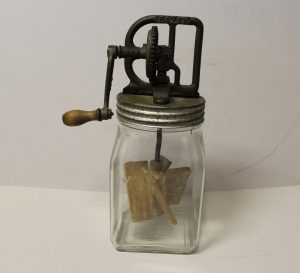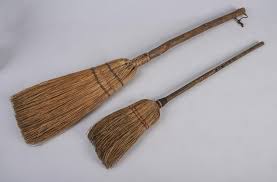The Recovery and Return of Mohican Artifacts
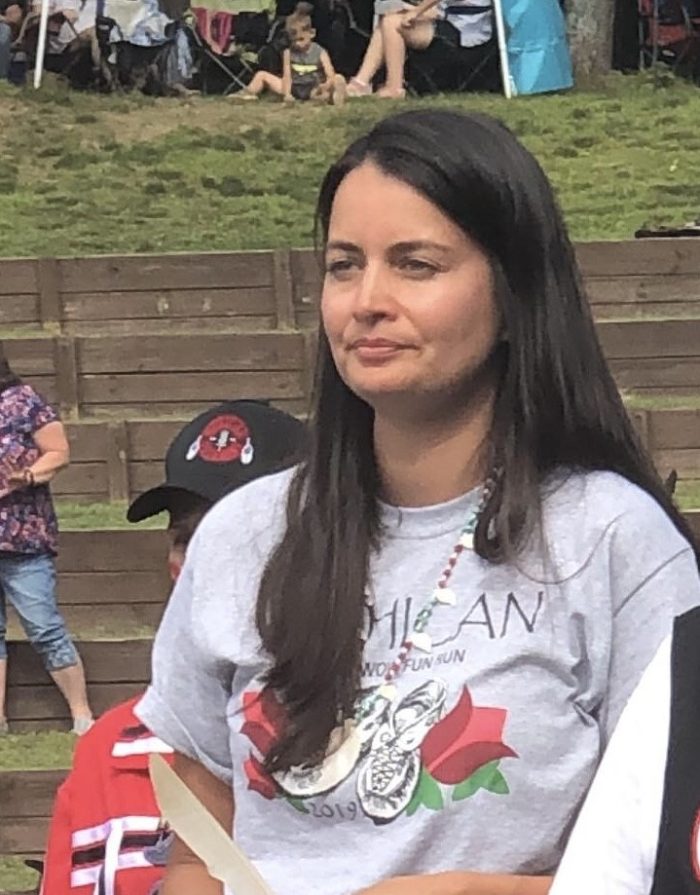
The Austerlitz Historical Society’s premier event for the 2023 season is a presentation entitled The Recovery and Return of Mohican Artifacts by Bonney Hartley, the Stockbridge-Munsee Tribal Historic Preservation Manager.
The talk on Sunday, May 14, 2023 begins at 2:00 p.m. in the Morey-Devereaux Barn at Old Austerlitz, 11550 NY-22, Austerlitz, NY 12017. The program is free to members and to the public. (The Shop at Old Austerlitz will be open before the presentation from Noon-2:00pm.)
The Stockbridge-Munsee Community, now located in Wisconsin, is the
Tribal Nation indigenous to the Berkshires and Hudson Valley. Bonney Hartley leads its efforts to repatriate artifacts of significance to the Community. Her talk will highlight how local individuals and museums have honored Mohican history by returning family heirlooms, museum exhibits and other cultural items.
Bonney Hartley is an enrolled member of the Stockbridge-Munsee Community and holds a Master of Social Science degree in International Relations. She manages Stockbridge-Munsee’s Tribal Historic Preservation office, which is based in Williamstown, MA under a partnership with Williams College. She serves on the National NAGPRA Community of Practice Steering Committee, and the Board of Trustees of Historic Huguenot Street, and the Erie Canalway National Heritage Corridor.



















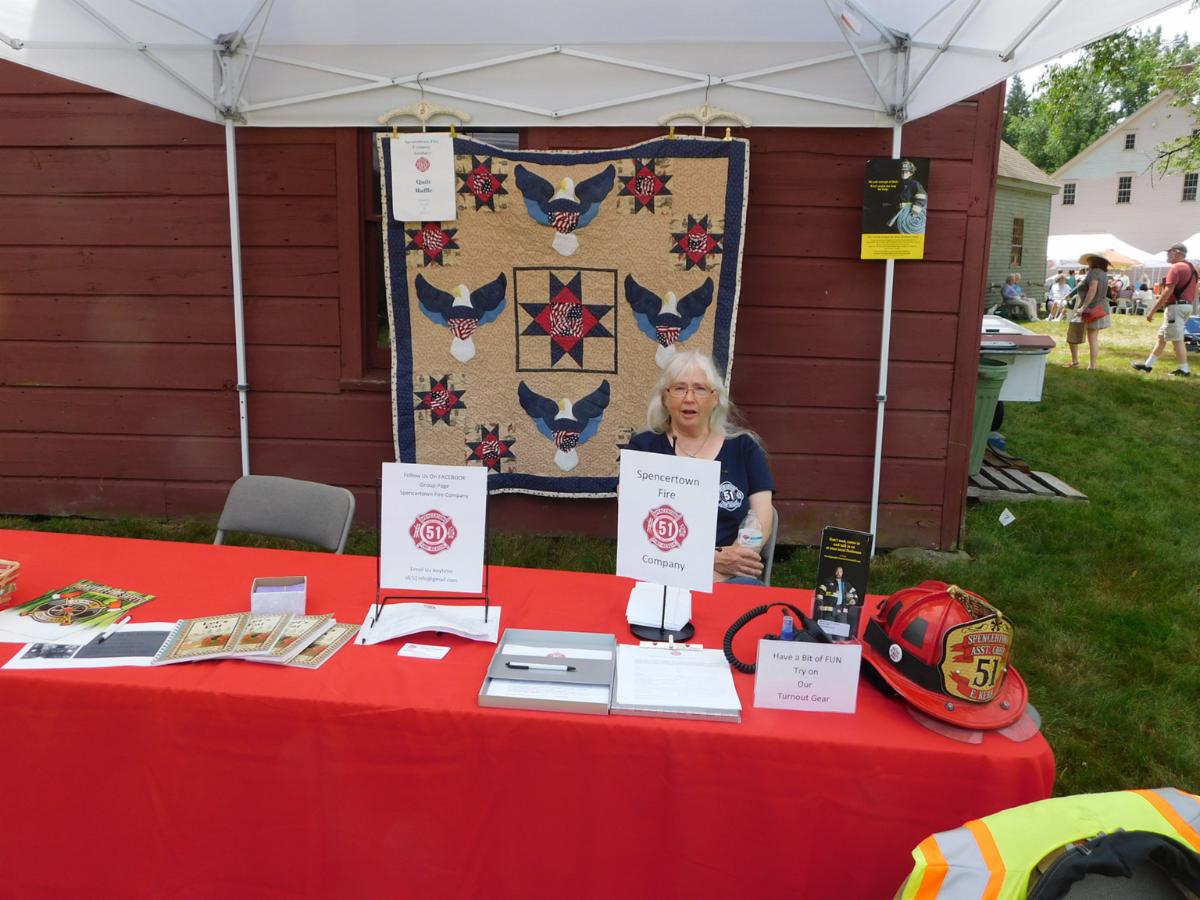




















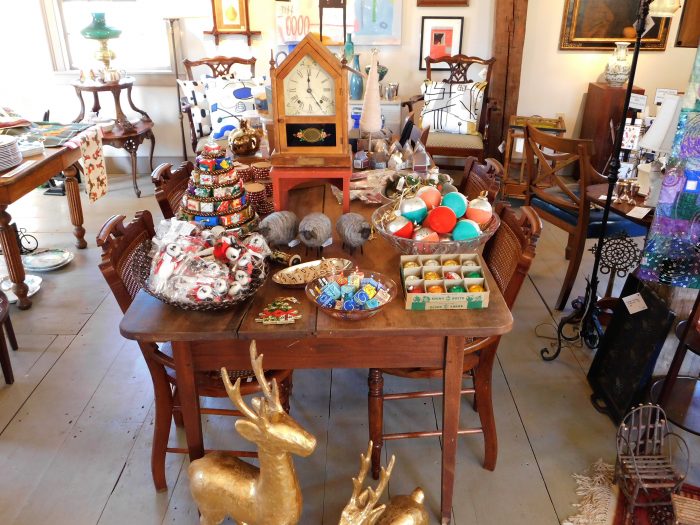
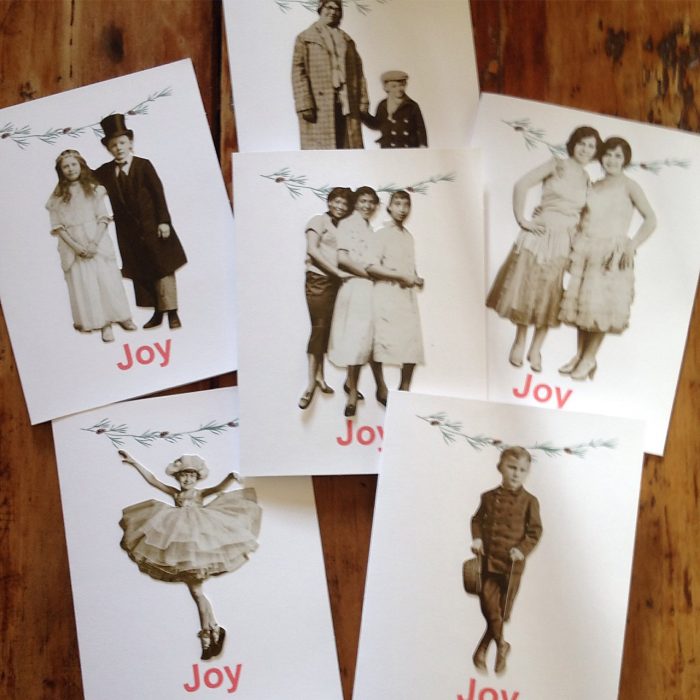



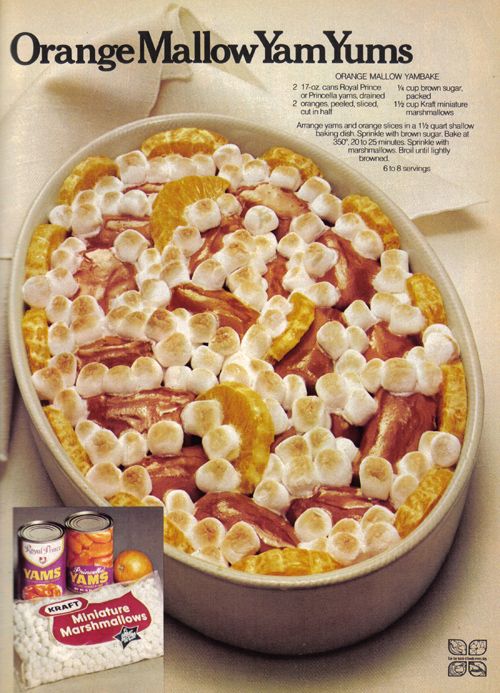



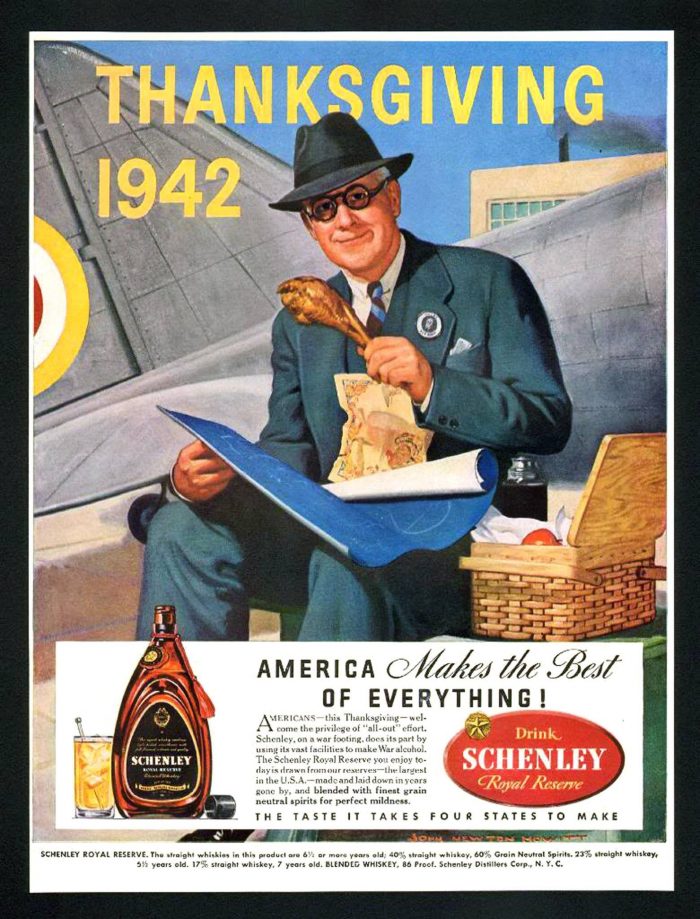


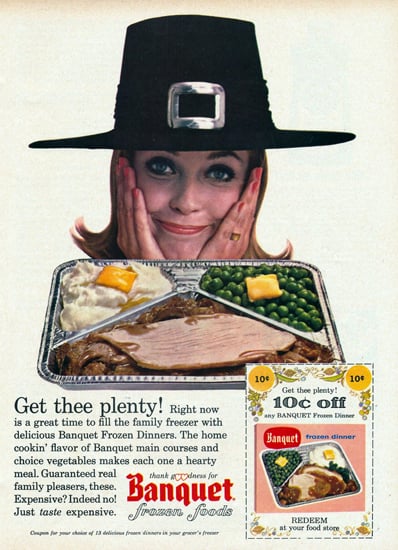


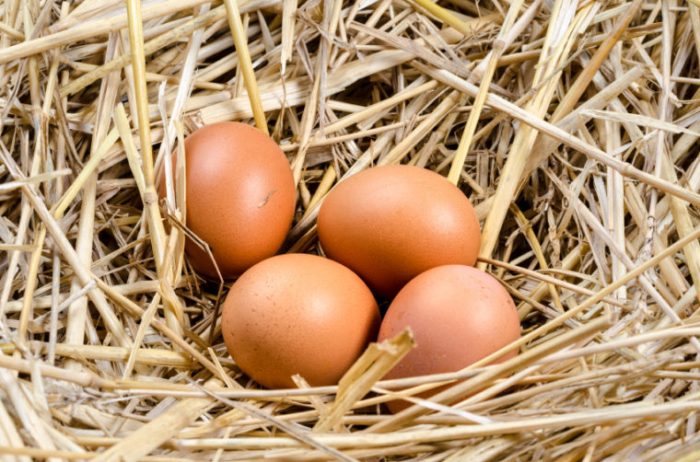


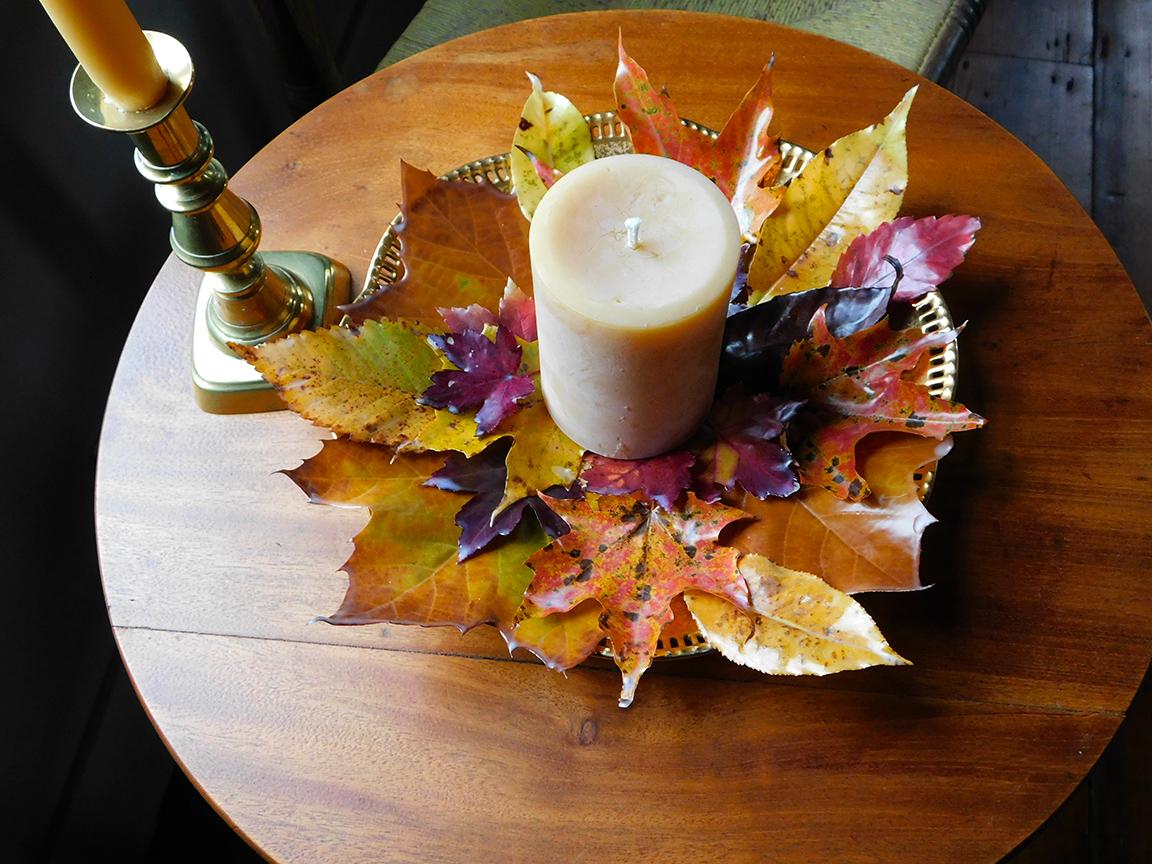 We were looking for some natural autumn decorations and came across the idea of waxed leaves! It is very inexpensive, easy to do, and looks beautiful. The leaves will keep their color and shape throughout the season. Here we have a simple arrangement in the Morey-Devereaux House.
We were looking for some natural autumn decorations and came across the idea of waxed leaves! It is very inexpensive, easy to do, and looks beautiful. The leaves will keep their color and shape throughout the season. Here we have a simple arrangement in the Morey-Devereaux House.






























